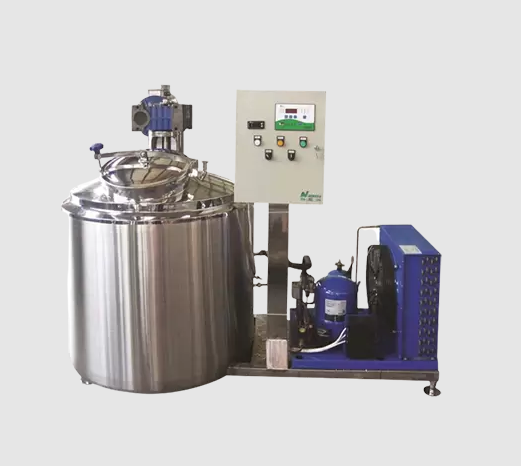In an era where sustainability is no longer just a buzzword but a necessity, the quest for environmentally friendly materials has gained unprecedented momentum. As industries strive to reduce their ecological footprints, the question arises: which material is more environmentally friendly? This inquiry is multifaceted, encompassing various aspects such as production processes, lifecycle impacts, and end-of-life considerations. In this article, we will delve into the environmental implications of several commonly used materials, including plastics, metals, wood, and innovative alternatives like bioplastics and recycled materials.
Understanding Environmental Friendliness
Before we embark on our comparative analysis, it is crucial to define what we mean by environmentally friendly. This term typically refers to materials that minimize harm to the environment throughout their lifecycle—from extraction and production to usage and disposal. Key factors to consider include:
- Resource Extraction: The impact of sourcing raw materials.
- Manufacturing Processes: Energy consumption and emissions during production.
- Durability and Longevity: The lifespan of the material in use.
- Recyclability and Biodegradability: The potential for materials to be reused or decomposed without harming the environment.
The Environmental Impact of Common Materials
- Plastics
Plastics are ubiquitous in modern life, but their environmental impact is profound. Traditional plastics, derived from fossil fuels, contribute significantly to greenhouse gas emissions during production. Moreover, their durability leads to long-term pollution, as they can take hundreds of years to decompose. While recycling can mitigate some of these issues, the reality is that only a small percentage of plastic is recycled effectively.
Innovative Alternatives: Bioplastics, made from renewable resources like cornstarch or sugarcane, offer a more sustainable option. They can be biodegradable or compostable, depending on their formulation. However, the environmental benefits of bioplastics depend on agricultural practices and the energy used in their production.
- Metals
Metals such as aluminum and steel are highly recyclable, which significantly reduces their environmental impact compared to single-use materials. The recycling process for metals consumes less energy than extracting and refining new ores. However, mining activities can lead to habitat destruction and pollution.
Sustainable Practices: The use of recycled metals is a critical factor in reducing the overall environmental footprint. For instance, using recycled aluminum can save up to 95% of the energy required to produce new aluminum from bauxite.
- Wood
Wood is often hailed as a sustainable material, particularly when sourced from responsibly managed forests. It is biodegradable and can sequester carbon, making it a favorable option for construction and furniture. However, deforestation and unsustainable logging practices can negate these benefits.
Certification Systems: To ensure that wood is sourced sustainably, certifications such as the Forest Stewardship Council (FSC) and the Programme for the Endorsement of Forest Certification (PEFC) provide guidelines for responsible forestry practices.
- Recycled Materials
Recycling is a cornerstone of sustainability, allowing materials to be repurposed and reducing the need for virgin resources. Recycled paper, glass, and metals can significantly lower energy consumption and emissions compared to their non-recycled counterparts.
Circular Economy: The concept of a circular economy emphasizes the importance of designing products for longevity and recyclability, thus minimizing waste and promoting resource efficiency.
The Future of Eco-Friendly Materials
As technology advances, new materials are emerging that challenge traditional notions of sustainability. Innovations such as mycelium-based materials, which utilize fungi to create biodegradable alternatives to plastics, and hemp-based composites, which offer strength and sustainability, are gaining traction.
Life Cycle Assessment (LCA): To make informed decisions about material choices, businesses and consumers alike can utilize Life Cycle Assessment tools. These assessments evaluate the environmental impacts of materials throughout their lifecycle, providing a comprehensive view of their sustainability.
Conclusion: Making Informed Choices
Determining which material is more environmentally friendly is not a straightforward task; it requires a nuanced understanding of various factors and trade-offs. While no single material can claim the title of most eco-friendly, the key lies in making informed choices based on the specific context of use, availability, and environmental impact.









+ There are no comments
Add yours